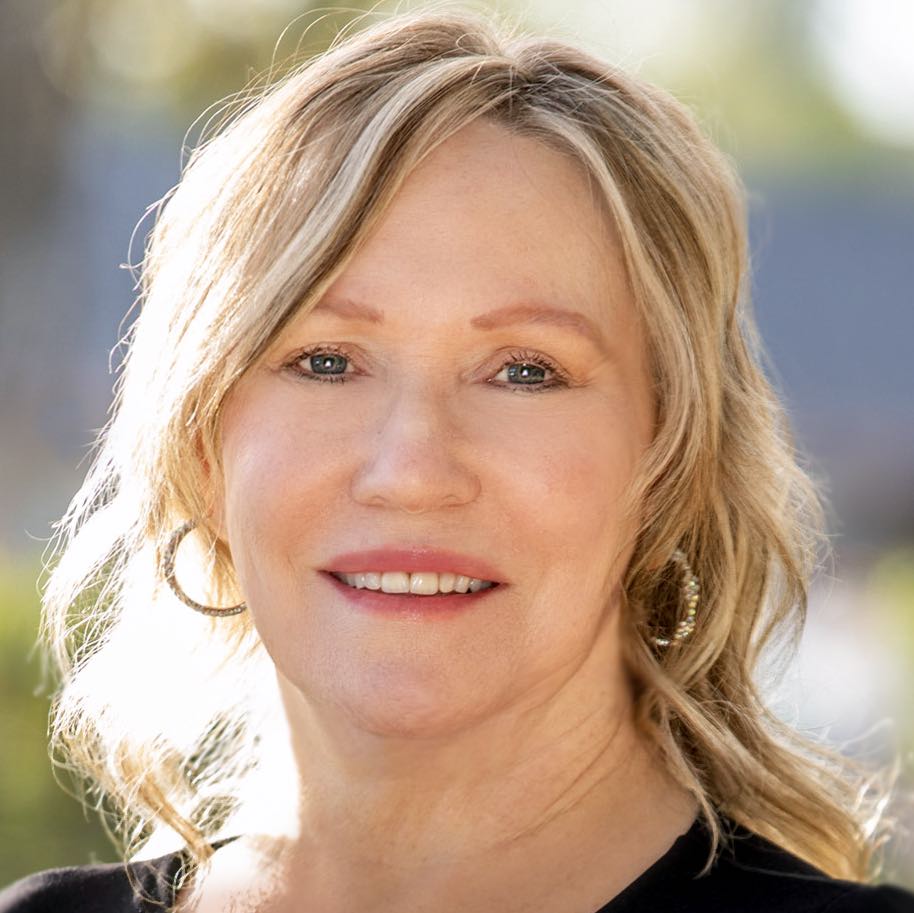4 minutes
Three credit unions’ unique approaches to managing succession planning
Sponsored by DDJ Myers, Ltd.
Boards face the need to replace 30-35% of their board members over the next three to five years. Concerns about where and how to recruit committed and competent board members are complicated by the perception that millennials don’t have time to serve on a board, increased requirements for the expertise of the board and high-performing CEOs asking their boards to be strategic rather than operational. Recruiting, renewing and developing a highly competent board requires a systematic approach, an open mindset and board member advocates for positive change.
Three credit unions faced challenges with replacing board members, and each board had its unique approach to managing succession planning.
Case Study #1
This credit union had $850 million in assets, and its nine board members worked with a consultant to assess their alignment with each other, with the CEO and with the organizational vision, mission, strategy and values as part of a board recruitment program. Three board members declared they would roll off the board during the next election cycle. Assessment results stated the board was mixed on the need to be strategic versus operational, and its oversight of the CEO indicated it was an entrenched board that was slow to change, was too deep in the trenches of the organization, impeded the CEO’s leadership, and missed strategic opportunities to serve the membership. The board committed to move from an entrenched board to a high-performing board and committed to new practices in strategic partnership with the CEO.
If you were on this board:
- What was behind your decision to move from an entrenched board to a strategic and high-performing board?
- What change did you make to the board agenda?
- How long before your board noticed changes in its leadership actions?
Case Study #2
$2.2 billion in assets and 11 board members, four of whom were killed in a car accident going to dinner after a board meeting: the chair, vice chair, secretary and treasurer. Last year the board unanimously decided to not implement an associate board member program, and all 11 board members recommitted to serve indefinitely.
Imagine you were a board member:
- What new action would you take toward succession planning and risk management?
- Who served as chair or interim chair the day after the accident?
Case Study #3
$100 million in assets; five board members, with one retiring next year; and two associate board members. The retiring board member changed her mind and wants to continue serving another term and will most likely be reelected. The two millennial associates have volunteered for two years, attended every board meeting, completed several board education classes, and received their financial literacy certification; they are committed, smart, and want to serve as full board members. The credit union is well run and has a 1.5 ROA and 10 percent capital. The NCUA has asked that the organization absorb the assets of a $30 million credit union with a retiring CEO and board that, overall, no longer wants to volunteer. There is an indication that it would not be difficult to receive approval to increase the number of board seats.
As a concerned board member:
- What conversation would you have with your high-quality associate board members?
- Would a board emeritus role be appropriate? Why or why not?
- What action should the board consider if the smaller credit union is absorbed?
- What action should be considered, regarding succession planning, if the smaller credit union is not absorbed?
These three scenarios are just examples of many dilemmas and choice points facing boards in a highly competitive market. Boards that have strategic thought and practice problem-solving conversations are more apt to move readily into making the right decisions. Use these case studies in a board meeting or education session.
Many times there is no absolute right or wrong answer to these questions. The objective of a case study is to bring multiple perspectives into the conversation, learn from each other, reflect on what new action your board needs to take, and then take that action. The sooner these conversations start, the more choices are available to serve as a high-performing, committed board.
Deedee Myers, Ph.D., MSC, PCC, is CEO of CUES Supplier member and strategic provider DDJ Myers, Ltd., Phoenix. DDJ Myers, Ltd. is committed to supporting credit unions with exemplary products and services for board development and governance, strategic planning, executive search, executive compensation advice, and succession planning. The firm’s leadership coaches provide top tier executive and board coaching and facilitation of individual, organization and board assessments.






